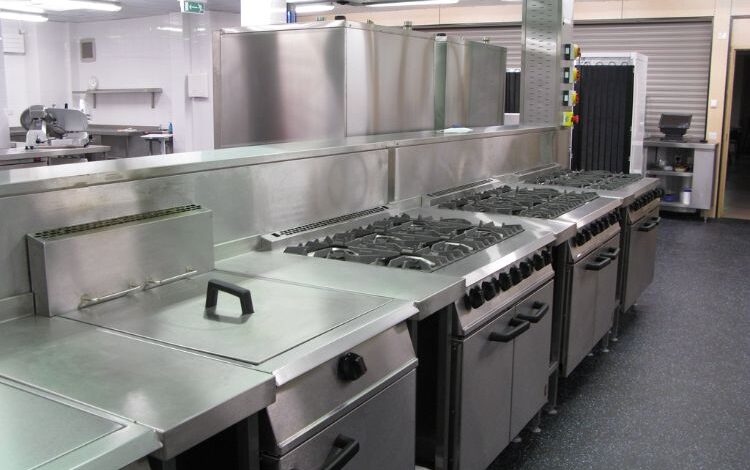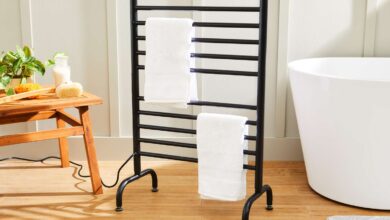Exploring Cost-Effective Solutions for Kitchen Equipment Longevity

Meta Description: Learn practical, budget-friendly ways to extend the life of your kitchen equipment and reduce long-term maintenance costs.
Commercial and residential kitchens rely heavily on durable, high-performing equipment. However, constant use, exposure to heat, moisture, and cleaning chemicals can wear down even the most robust appliances. Replacing kitchen equipment frequently is not only costly but also disruptive. Fortunately, there are cost-effective strategies that can significantly extend the lifespan of kitchen tools and machinery. This blog explores practical solutions that help maintain performance and reduce long-term expenses.
1. Prioritize Preventive Maintenance
Routine maintenance is one of the most effective ways to ensure kitchen equipment remains in good working condition. Regular inspections, cleaning, and timely repairs can prevent minor issues from escalating into major breakdowns. For example, descaling dishwashers, checking gas connections, and lubricating moving parts can all contribute to smoother operation and fewer service calls.
2. Invest in Protective Coatings
One of the most overlooked yet impactful solutions for extending equipment life is the use of protective coatings. Surfaces exposed to high heat, friction, or corrosive substances benefit greatly from specialized treatments. For instance, teflon coatings are widely used in commercial kitchens to reduce wear and tear on cookware, baking trays, and industrial machinery. These coatings provide a non-stick, heat-resistant barrier that minimizes residue buildup and simplifies cleaning, ultimately preserving the integrity of the equipment.
3. Train Staff on Proper Equipment Use
Improper handling is a leading cause of premature equipment failure. Training kitchen staff on the correct use of appliances, including startup and shutdown procedures, can prevent unnecessary damage. For example, overloading mixers or using the wrong utensils on non-stick surfaces can shorten the lifespan of those tools. Clear guidelines and regular refresher training help ensure that everyone uses equipment safely and efficiently.
4. Use Energy-Efficient Practices
Energy-efficient practices not only reduce utility bills but also lessen the strain on kitchen equipment. For instance, turning off idle appliances, maintaining proper ventilation, and using energy-efficient models can prevent overheating and reduce wear. Additionally, monitoring energy usage can help identify underperforming equipment that may need servicing or replacement.
5. Choose Quality Over Quantity
While it may be tempting to opt for cheaper equipment to save on upfront costs, investing in high-quality, durable appliances often pays off in the long run. Well-constructed equipment typically requires fewer repairs and has a longer service life. When paired with protective measures like coatings and regular maintenance, quality tools can serve a kitchen efficiently for many years.
Conclusion
Extending the life of kitchen equipment doesn’t have to involve major investments. By focusing on preventive maintenance, using protective solutions like Teflon coatings, training staff properly, and adopting energy-efficient habits, kitchens can operate more smoothly and cost-effectively. These strategies not only reduce downtime and repair costs but also contribute to a more sustainable and productive kitchen environment.

